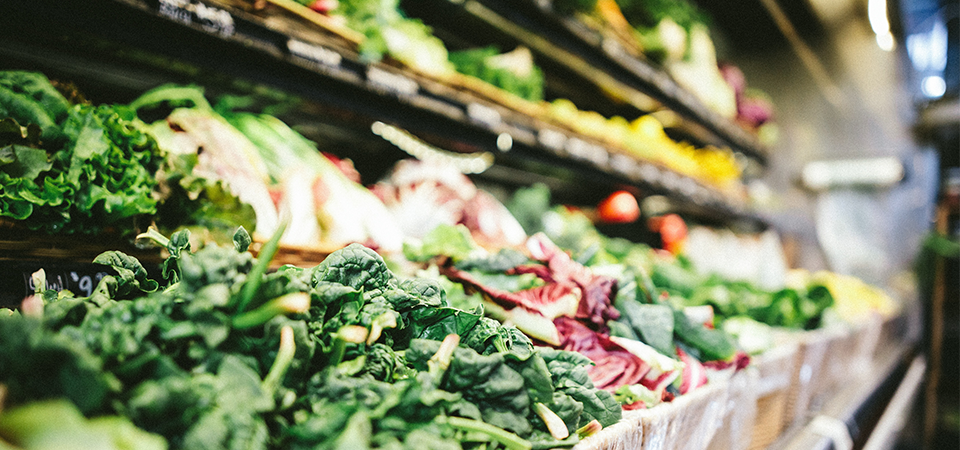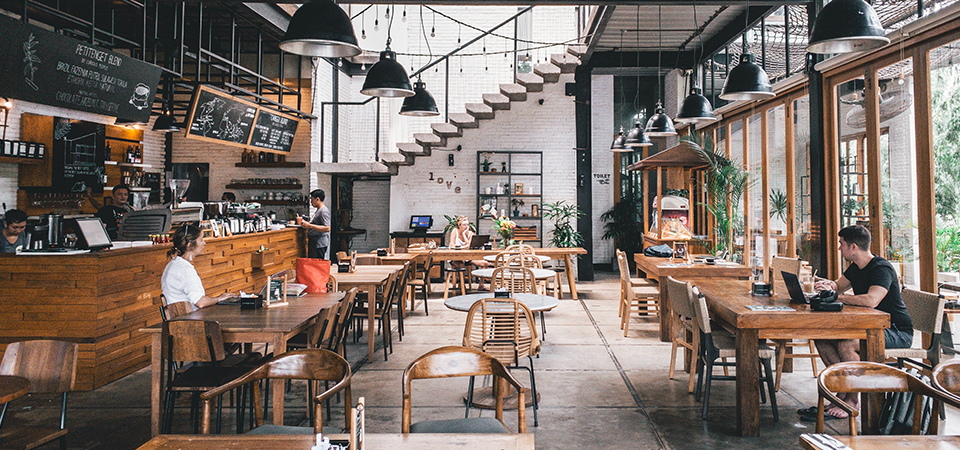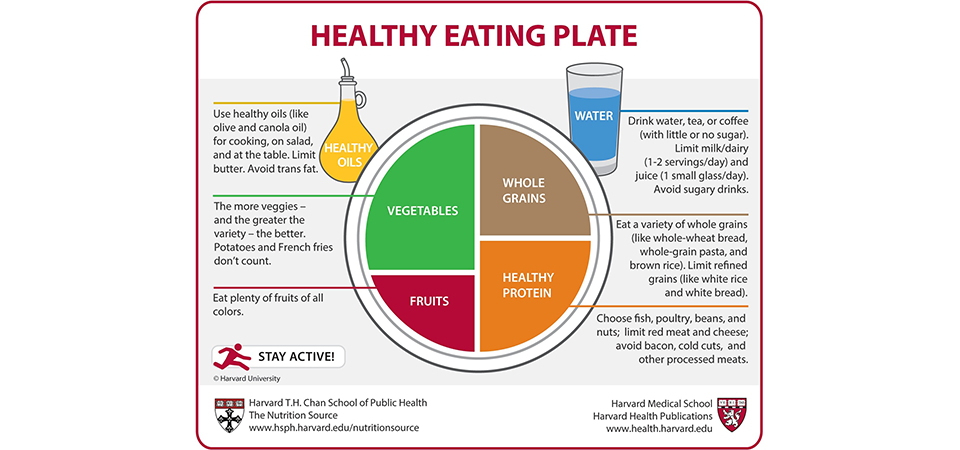Food Safety, Nutrition, and Wellness During COVID-19
Welcome to the Student Health Center Nutrition Journal. This is the fifth entry in a series of articles that I hope will help you manage grocery shopping, order food from restaurants, and practice food safety to minimize transmission of the novel coronavirus.

Grocery Shopping
- Overall, aim to minimize your trips to the store, and visit at off-peak hours to avoid crowds. I have found that late mornings (10-11:30 AM) and early afternoons (2-4 PM) are less crowded time slots. When you do go shopping, wear a face covering. Some stores may require it. Maintain a safe distance from other shoppers, 6 feet of distance is a good goal, but more is better.
- There is no published evidence to date of food packaging being associated with the transmission of COVID-19. However, if you wish, you can wipe down product packaging, and allow it to air dry as an extra precaution.
- Disinfect your shopping cart by using disinfecting wipes, if available. Wipe down all surfaces in the cart or basket that you touch. Discard the wipe immediately. Be mindful to avoid touching your face. Some stores may run out of hand sanitizer, so be prepared to bring along a pair of disposable gloves. Remove and discard the gloves safely once leaving the store.
- Offer to bag your own groceries to minimize touching by other individuals.
- If possible, use touchless payment (pay without touching money, a card, or a keypad). If you must handle money, a card, or use a keypad, use hand sanitizer right after paying.
- Use hand sanitizer after leaving the store.
- As soon as you get home, wash your hands.
- Rinse fresh fruits and vegetables under running tap water, including those with skins and rinds that are not eaten. Wipe lids on canned goods before opening.
- Regularly clean and sanitize kitchen counters using a commercially available disinfectant. You may also wish to sanitize car door handles and house doorknobs if you touch them without sanitizing your hands.

Takeout Meals and Food Delivery
- Limit in-person contact. Use delivery services when possible.
- Although restaurants may be starting to open, dining in proximity to others may increase the risk of transmission of COVID-19. A safer option that will still help support local businesses is to order takeout or delivery meals.
- Accept deliveries without in-person contact whenever possible. Ask for deliveries to be left in a safe spot outside your house (front porch or lobby). Otherwise, stay at least 6 feet away for the delivery person. Pay online or on the phone when you order.
- According to the Centers for Disease Control and Prevention (CDC), COVID-19 is not likely to be transmitted through the food itself. Any risk would more likely come from close contact with the worker delivering the food. However, food service establishments and delivery services should follow their local health department's guidelines on food safety. Because COVID-19 can remain on cardboard surfaces for up to 24 hours, discarding cardboard food packaging is suggested. After receiving the meal, transfer the meal from its packaging onto a plate. Discard the packaging, and wash hands thoroughly with soap and water.
- After bringing the delivery into your home, wash your hands with soap and water for 20 seconds, or use hand sanitizer with at least 60% alcohol. Do the same process after collecting mail from a post office or home mailbox.
Use the Healthy Eating Plate as a blueprint for selecting healthier meals when ordering meals from restaurants. Healthy food choices are more important now than ever!
Copyright © 2011, Harvard University. For more information about The Healthy Eating Plate, please see The Nutrition Source, Department of Nutrition, Harvard T.H. Chan School of Public Health, www.thenutritionsource.org, and Harvard Health Publications, www.health.harvard.edu.
